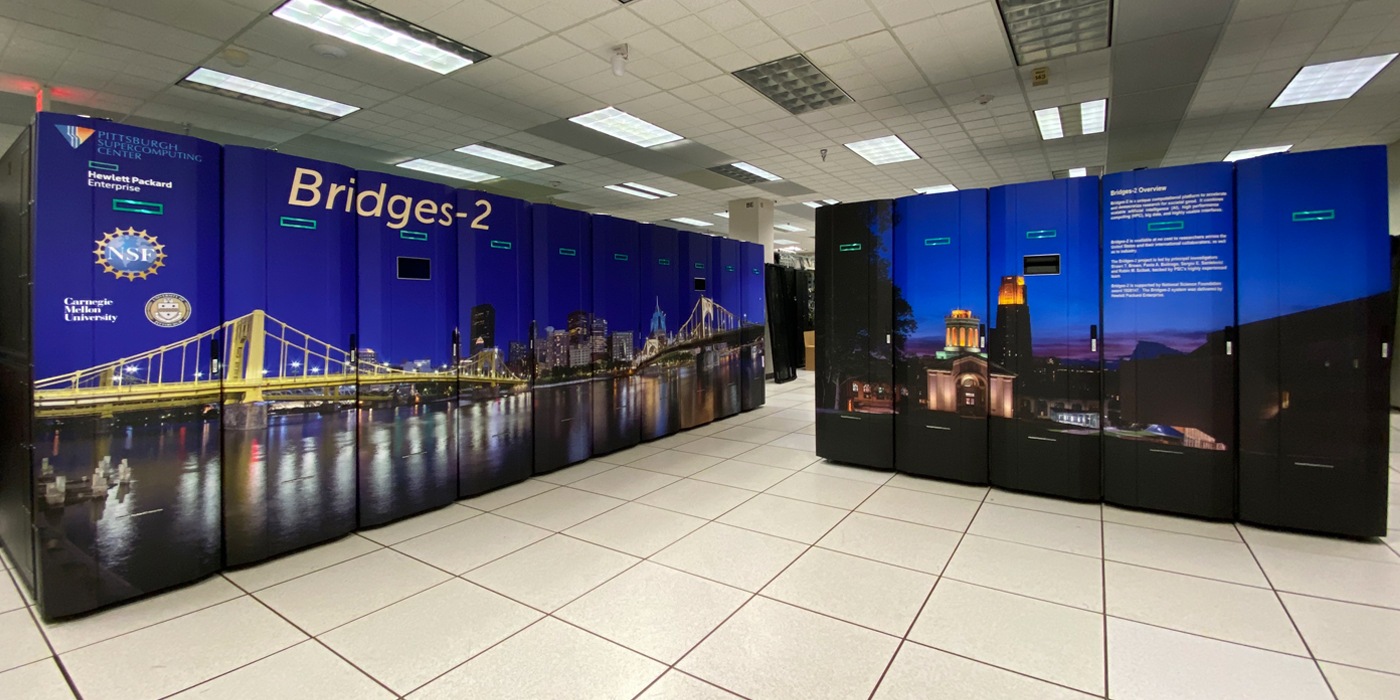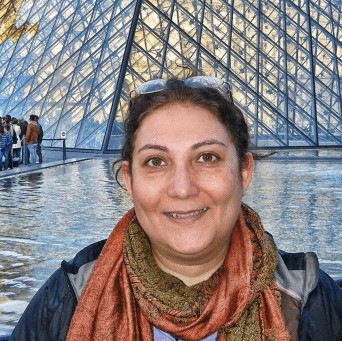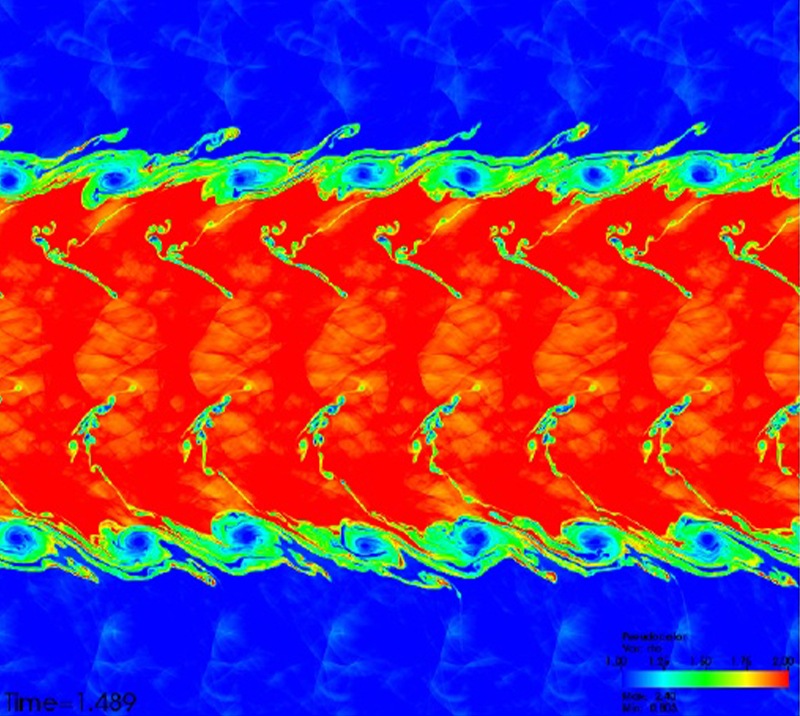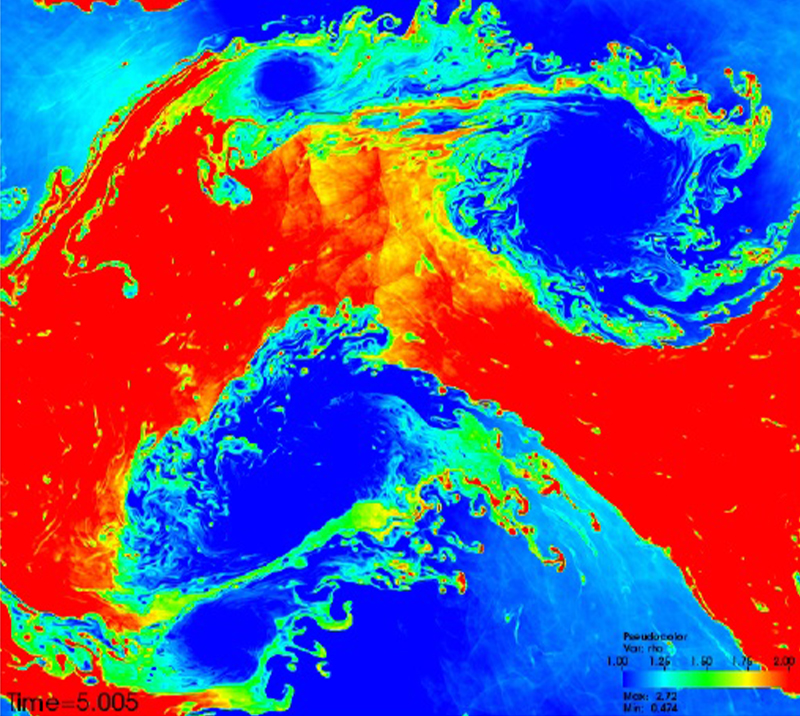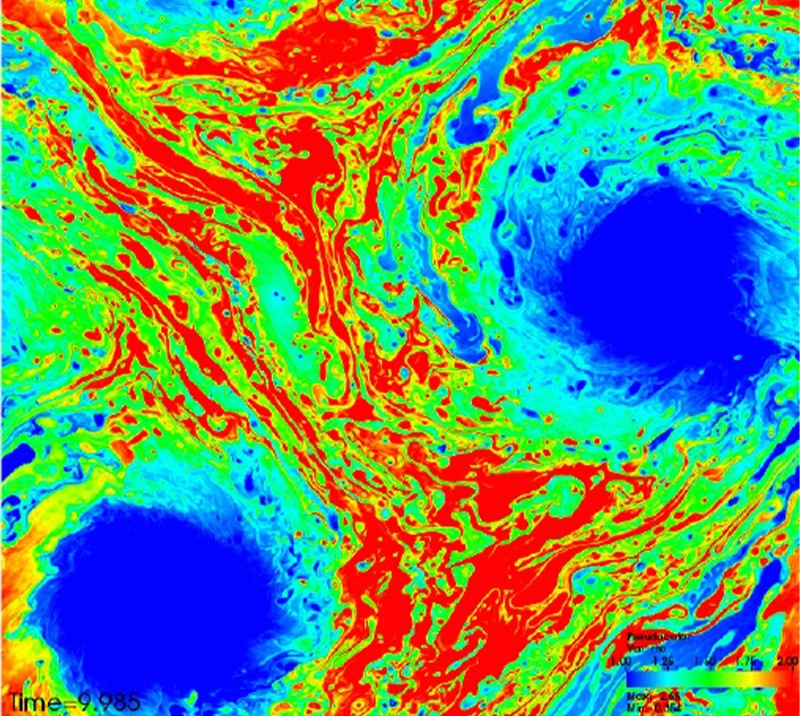Bridges-2
News in Brief
Bridges-2, Neocortex in Use at PSC
PSC’s new Bridges-2 advanced research computing platform has begun regular operations, and the specialized Neocortex artificial intelligence (AI) supercomputer has begun early use by select scientists. Researchers from around the nation will gain access to the systems for open research at no cost. The National Science Foundation (NSF) funding for the two systems will also allow PSC to assign time on the system to scientists doing proprietary work on a cost-recovery basis.
The $20-million, NSF-funded Bridges-2 builds on the recently retired Bridges system’s success, providing even more massive AI and Big Data capacity to serve both scientists for whom HPC has long been a standard tool and new communities of researchers that never before needed computing, let alone high performance computing. Neocortex, funded by the NSF for $5 million, will explore a revolutionary combination of the new Cerebras Wafer Scale Engine (WSE) technnology, designed specifically to accelerate AI, with an extremely large-memory HPE Superdome Flex system for massive data handling capability.
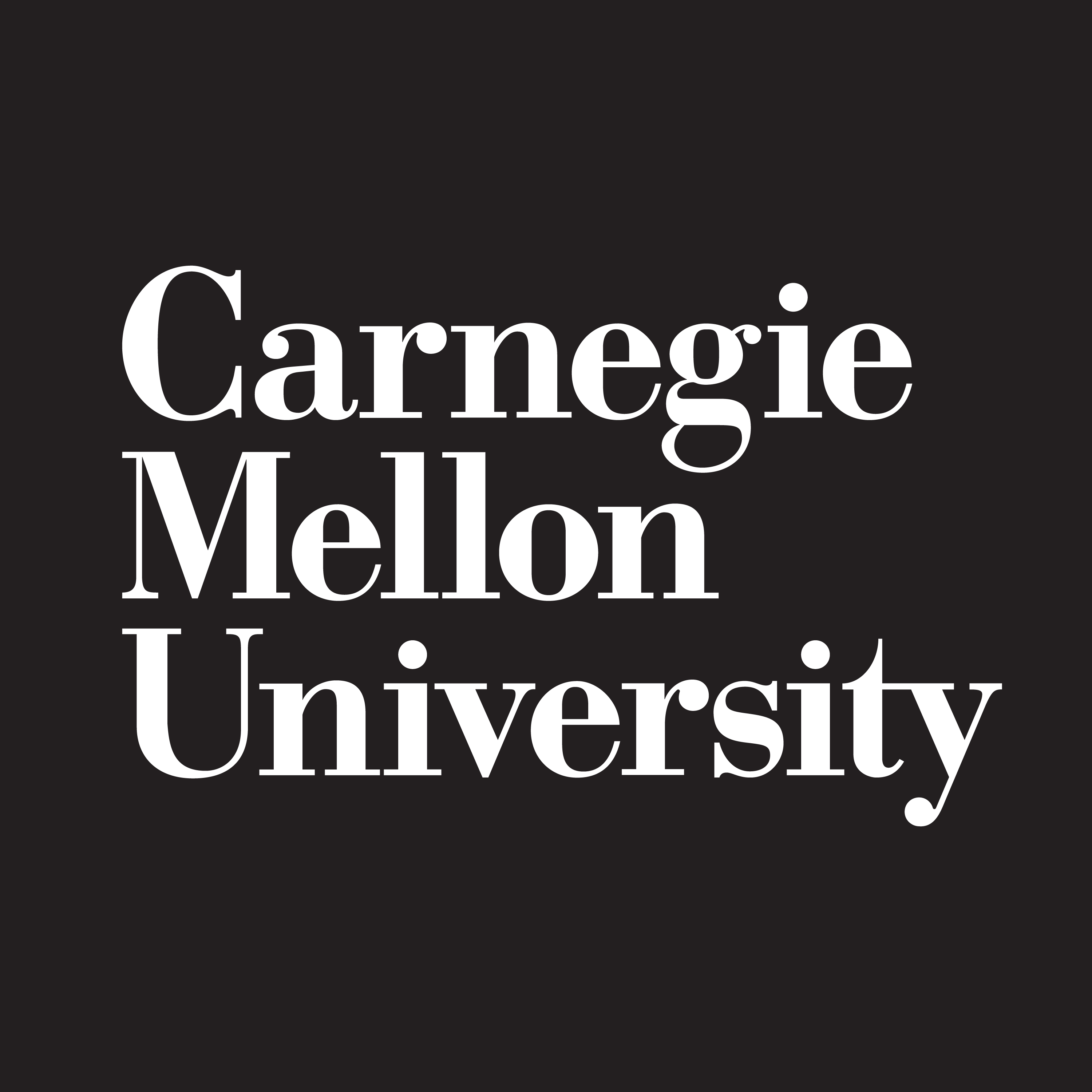
PSC Powers New Data Science Program at Mellon College
The Mellon College of Science (MCS), a college within Carnegie Mellon University that administers PSC, has launched a new, interdisciplinary master’s program in Data Analytics for Science. The new program will allow MCS to train scientists for the data-driven careers of the future by leveraging the expertise of all of the departments within the Mellon College of Science and PSC.
For the first year, the program will be offered only to current CMU students, who can register here.
Tsunami Simulations on Bridges Featured in Big Compute Podcast
The horrible power of tsunamis—vast waves generated by earthquakes under the sea—has time and again devastated islands and coastlines near the deep ocean, where most of these events occur. But in 1908, against all expectations, a deadly tsunami hit the city of Messina, coming up the narrow, shallow strait between Sicily and mainland Italy. Modern scientists’ attempts to identify the geological fault that generated the tsunami couldn’t reproduce the event in computer simulations, deepening the mystery.
Enter Lauren Schambach, then a graduate student at the University of Rhode Island. She used PSC’s Bridges platform to simulate a different scenario. Instead of being caused by movement of a fault directly, was it possible that the fault caused an underwater landslide that in turn generated the tsunami? For the full story, check out the Big Compute Podcast, Tsimulating Tsunamis, here.
You can find her journal paper on the Messina simulations here.
Look here for more about her tsunami simulations of the U.S. East Coast with Bridges.
Shawn Brown
Shawn Brown Appointed Pitt Vice Chancellor for Research Computing
PSC Director Shawn Brown has been appointed vice chancellor for research computing at the University of Pittsburgh.
Make no mistake: Brown remains director of PSC. He’s ours, we’re keeping him.
Brown’s new appointment continues PSC’s strengthening relations with both Pitt and CMU, of which PSC is a joint center. Having responsibility for Pitt’s research computing mission, Brown will provide strategic direction on next-generation computing and data resources, including hardware and software, from desktops to supercomputers and both campus and cloud platforms. A particular focus will be partnership opportunities with PSC and with CMU, and how Pitt can play the strongest role in the overall regional computing ecosystem.
Rozita Laghaei
750K Grant to Improve Understanding of Nerve-Muscle Communication at PSC, Pitt
A new $750,000 grant from the National Science Foundation will continue a lab-computer collaboration that accurately simulated communications between nerve cells and muscle cells. The project has immediate applications in treating a type of neurological disease called Lambert-Eaton Myasthenic Syndrome (LEMS). It also offers fundamental insights into how nerve cells communicate with muscle cells in health and disease.
Rozita Laghaei, research scientist at PSC and a principal investigator in the new grant, will perform the new work with researchers at the University of Pittsburgh. Their earlier work simulated the role of the calcium channels of the nerve-cell membrane in communication between nerve and muscle cells in the frog and mouse. The work faithfully reproduced the nerve-to-muscle signaling differences seen in those species. As an extension of this work, the team will investigate the additional contribution of nerve-cell-membrane calcium-activated potassium channels and the shape of the action potential, the pulse of electrical activity that travels along a nerve fiber. The principal investigators of the project are Laghaei and Stephen Meriney, a professor of neuroscience at Pitt; collaborators include Robert Poage at the University of North Carolina at Pembroke and Thomas Blanpied at the University of Maryland School of Medicine.
You can find more information about the new grant here.
Turbulent flows in colliding neutron stars at different levels of detail.
COVID-19 and Neutron-Star Science Using PSC Supercomputers Recognized in Separate 2020 HPCwire Awards
Artificial intelligence (AI) studies spanning from the tiny to the huge—from small molecules for fighting the SARS-CoV-2 virus to the enormous forces between colliding neutron stars—powered by PSC, have received separate HPCwire Editors’ Choice Awards this year. PSC has been recognized in the annual HPCwire Readers’ and Editors’ Choice Awards, presented digitally during the virtual 2020 International Conference for High Performance Computing, Networking, Storage and Analysis (SC20) via HPCwire.com.
PSC was recognized for:
- Editors’ Choice: Best Use of high performance Data Analytics & Artificial Intelligence. Scientists at Carnegie Mellon University used PSC’s Bridges and Bridges-AI supercomputing platforms to apply the awesome power of AI to the quantum mechanics of small molecules targeting the SARS-CoV-2 virus. Their new method will accelerate and improve the accuracy of screening new candidate drugs against the virus that causes COVID-19. The time on PSC’s computers was awarded to the researchers through the COVID-19 HPC Consortium, of which PSC is a leading member. You can find more about this project in this issue of PSC Science Highlights here.
- Editors’ Choice: Best Use of HPC in Physical Sciences. AI, a major focus at PSC, was at the center of another awarded project. PSC shares the award with the National Center for Supercomputing Applications, whose scientists used PSC’s Bridges to get a correction factor that will allow much faster simulations of neutron star collisions for the LIGO and Virgo gravitational wave observatories. PSC also shares the award with the Texas Advanced Computing Center, whose Stampede2 supercomputer created the simulations analyzed by an AI program running on PSC’s Bridges. The project’s computing time was awarded through the National Science Foundation’s XSEDE network of supercomputing centers. You can find more about recent neutron-star-merger science at PSC here.


